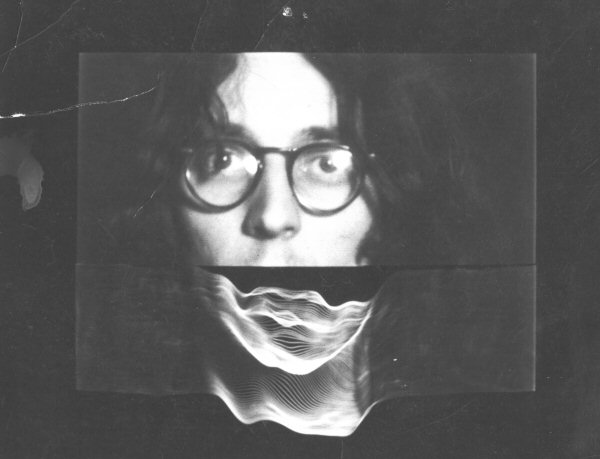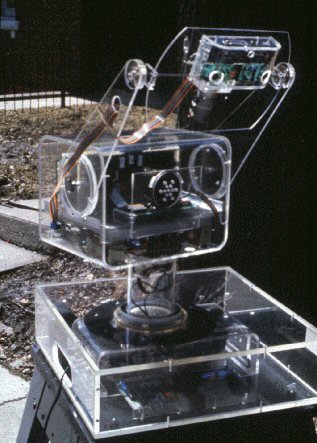Please wait a few moments while we process your request

Caroline Langill, Shifting Polarities
Electronic media in 1974
Vera Frenkel, Norman White and Jean-Pierre Boyer, each produced works that were groundbreaking in the field of electronic media in 1974. Frenkel’s String Games was the first artwork in Canada to incorporate telecommunications technology. The lack of critical and curatorial insight into the work’s pioneering nature, as well as its very limited exposure in 1974, led to its absence from discourses surrounding new media art until 2005, when it was included in This Must Be the Place, an exhibition celebrating the 25th anniversary of InterAccess in Toronto.
Jean-Pierre Boyer’s Boyetizeur is not an artwork per se but rather an invented tool that manipulates the video image. My reason for noting it here is for its relationship to other works, particularly David Rokeby’s Very Nervous System, which are artist inventions that have the potential to change our perceptions of what an artwork can be. Snow’s De La was a technological tool designed to facilitate the production of La Région Centrale before it was re-conceptualized as an artwork. The Boyetizeur may have been considered an art project had Boyer’s work been widely collected or had he shown it as an artwork rather than maintaining it as an invention.
Two more works by Norman White make up this next portion of the list. Ménage (1974), comprised of four interactive ceiling-based robots with an adjacent robot on the floor, is the first Canadian artwork to incorporate robots that interact and influence each other’s behaviour. Facing Out, Laying Low (FOLL) from 1977 is equally inventive, reading its environment and responding to the human stimulation in the room it inhabits. The duration and consistency of White’s commitment to working with robotics as an artistic method to provide insight into our mutual evolution with machines is evident in the substantial investment the artist makes as he upgrades and updates his works, adapting his material agents as the technology evolves. The Helpless Robot (1987) joins FOLL and Ménage as a triptych of works that employ complex robotics as media for art that challenged and expanded our notions of the way we live with machines.
Two more works by Norman White make up this next portion of the list. Ménage (1974), comprised of four interactive ceiling-based robots with an adjacent robot on the floor, is the first Canadian artwork to incorporate robots that interact and influence each other’s behaviour. Facing Out, Laying Low (FOLL) from 1977 is equally inventive, reading its environment and responding to the human stimulation in the room it inhabits. The duration and consistency of White’s commitment to working with robotics as an artistic method to provide insight into our mutual evolution with machines is evident in the substantial investment the artist makes as he upgrades and updates his works, adapting his material agents as the technology evolves. The Helpless Robot (1987) joins FOLL and Ménage as a triptych of works that employ complex robotics as media for art that challenged and expanded our notions of the way we live with machines.
Caroline Langill © 2009 FDL
Index:
- Caroline Langill, Shifting Polarities
• Introduction
• Early electronic media works
• Electronic media in 1974
• Between science and art
• Machinic aesthetics
• Interaction and immersion
• Conclusion
• Bibliography
• Selected works - Artist bios and interviews
• Doug Back
• Mowry Baden
• Jean-Pierre Boyer
• Roland Brener
• Diana Burgoyne
• Max Dean
• Alan Dunning
• Murray Favro
• Vera Frenkel
• Juan Geuer
• Laura Kikauka
• Gordon Monahan
• Nancy Paterson
• Catherine Richards
• David Rokeby
• Michael Snow
• Tom Sherman
• Jana Sterbak
• Nell Tenhaaf
• Norman White

















